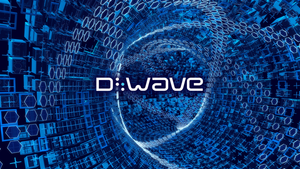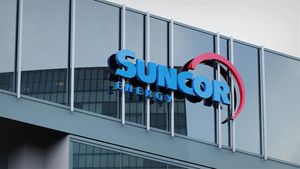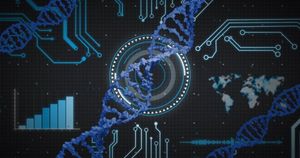
SPONSORED CONTENT -- (StatePoint) Radon—an odorless, tasteless and colorless gas found in homes and buildings at high levels throughout the United States—is the second leading cause of lung cancer, responsible for about 21,000 deaths each year, and the leading cause of lung cancer among people who don’t smoke.
The American Lung Association is partnering with Protect Environmental to educate and empower communities nationwide to take action to prevent lung cancer this January, which is National Radon Action Month, and throughout the year. As part of the campaign, they are answering some frequently asked questions about radon:
What is radon? Radon is a naturally occurring radioactive gas emitted from the ground. Uranium in soil and rocks breaks down to form radium. As radium decays, radioactive particles (radon gas) are released into the air.
Why is radon found in buildings? Radon gas enters buildings through cracks in walls, basements, floors, foundations, and potentially, through water used in showers and faucets, trapping it inside.
Why is radon harmful? Radon gas particles can be inhaled in your lungs, attacking cells with dangerous, cancer-causing radiation. Radon exposure has no immediate symptoms; however, the long-term threat of health problems, including lung cancer, is serious.
How is radon detected? The only way to know the radon level in your home and workplace is to conduct a radon test. Dangerous radon levels have been found in every state, so every building should be regularly tested. Testing is the first step in reducing risk of radon-induced lung cancer and is recommended every two to five years, even if you have a mitigation system. The Lung Association and Protect Environmental are offering free radon test kits to homeowners in select communities across the United States. Visit Lung.org/protect-environmental to learn more and check your eligibility for receiving a test kit.
What should I do if I detect high radon levels? Radon gas is measured in picocuries per liter (pCi/L) of air. The Environmental Protection Agency recommends taking action to reduce radon if levels are 4.0 pCi/L or greater, and to consider similar actions when the radon level is between 2.0 and 4.0 pCi/L. If you discover high radon levels in your home, a radon mitigation system should be installed to reduce the amount of radon to a safer level. Just be sure you work with a professional who is certified in radon mitigation. Using unqualified professionals may lead to faulty installation, which can cause property damage and even increase indoor radon levels.
The American Lung Association’s campaign to raise awareness on the importance of radon testing is supported by Protect Environmental. For more information, visit Lung.org/protect-environmental.
“I’ve been to too many homes where no one knew to test for radon until someone in the home got the devastating diagnosis of lung cancer,” says Kyle Hoylman, chief executive officer of Protect Environmental. “Taking action to reduce radon through mitigation and regular testing is an investment in the lung health of everyone in the building and could be a lifesaving improvement.”
*****







